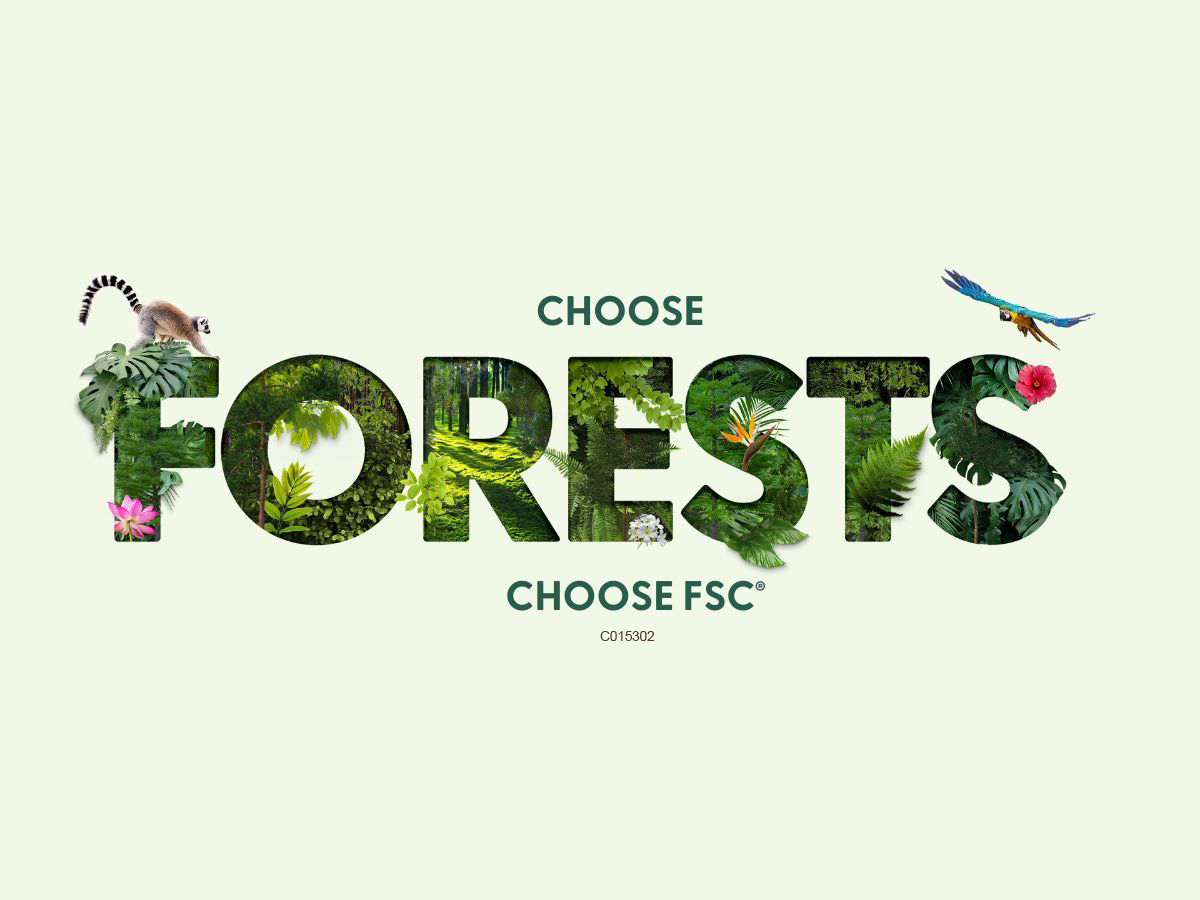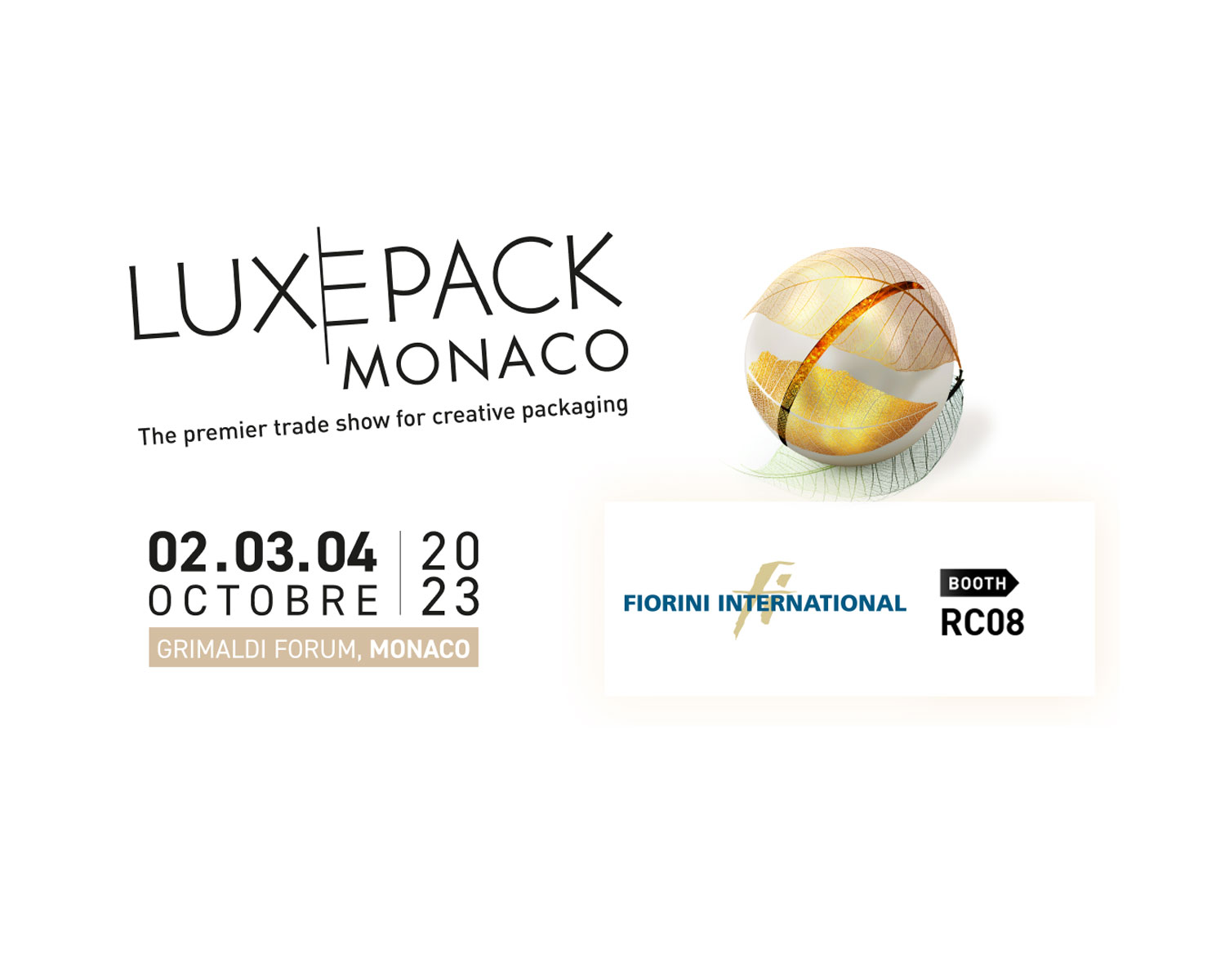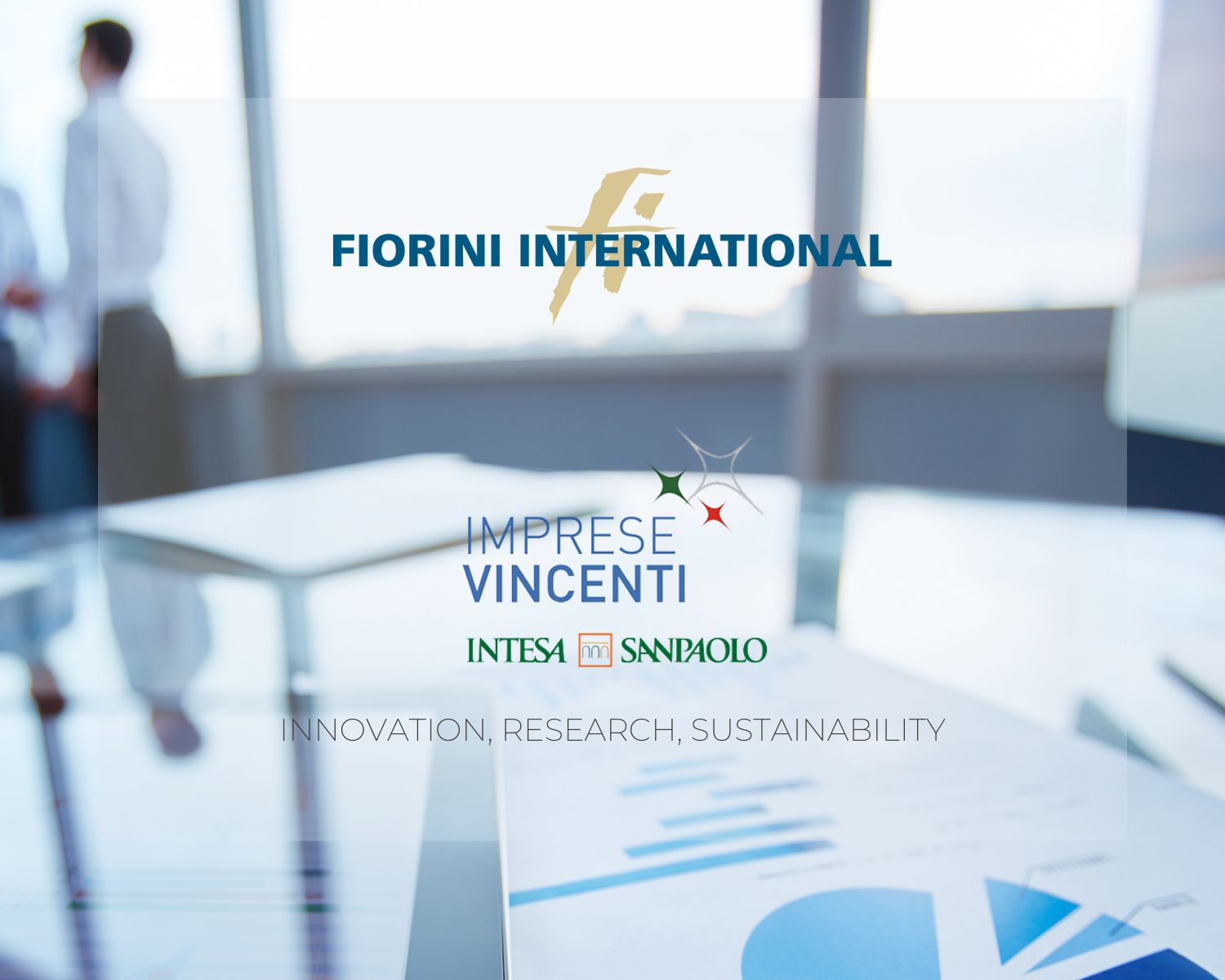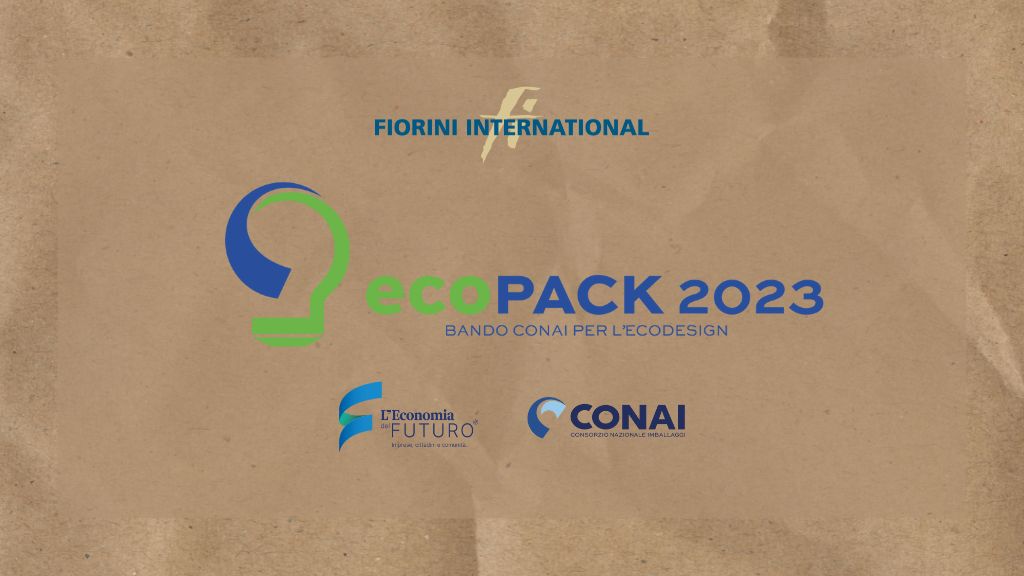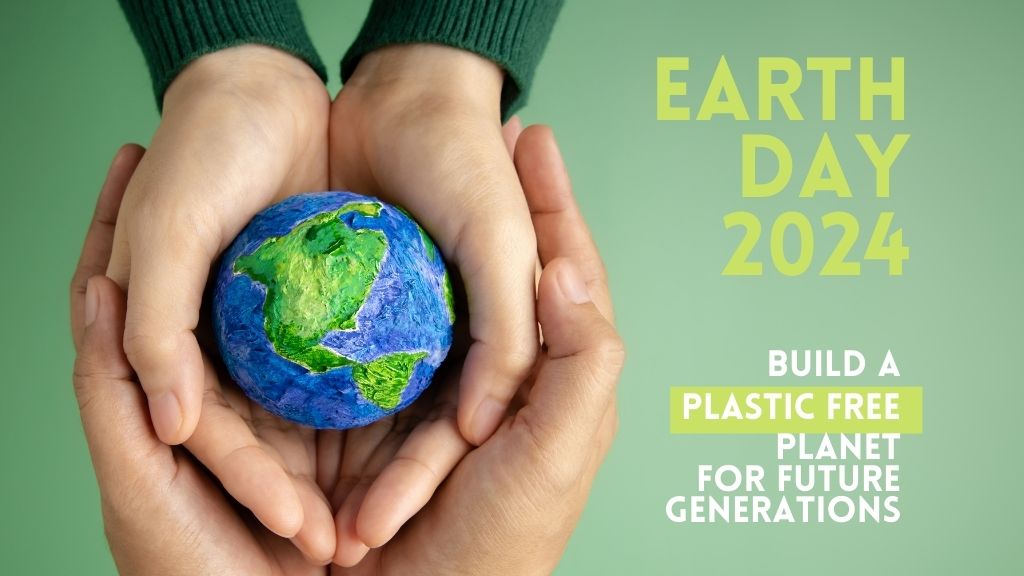After the complete roll out, this new packaging solution will support the company’s sustainability goal of reducing plastic by saving up to 20 tonnes of plastic per year.
We have have successfully created a new fully recyclable paper packaging for a premium Italian pasta brand together with Mondi, a global leader in paper and packaging.
Following a complete overhaul of its packaging design, Antico Pastificio Umbro decided to design and produce with us a paper bag with a viewing window for its premium pasta ranges. After the complete rollout, this new packaging solution will support the company’s sustainability goal of reducing plastic by saving up to 20 tonnes of plastic per year.
The successful partnership with Mondi has resulted in an innovative paper bag design with a large window made of transparent, recyclable, and biodegradable cellulose that allows the end user to see the contents. Thanks to the paper selected the bag is fully recyclable while offering the same protective properties as the previous plastic packaging.
The pasta has the same shelf life and is kept safe during transport. A new closure system sealed with a special food contact hot-melt glue, together with a reinforced patch on the bottom, improves hygiene and ensures easy opening. Made from renewable resources, the packaging can be easily disposed of by consumers in existing paper waste streams. The high paper recycling rates in Europe of over 80% mean that paper that has reached the end of its life can contribute to a circular economy. The new pasta bag offers superior printability so that all brand and product messages can be communicated effectively and it has great runnability on filling machines.
The groundbreaking packaging was included in the Ellen MacArthur Foundation’s Upstream Innovation Guide to Packaging Solutions, published in November 2021. It was also part of “The Waste Age Exhibition” , hosted by the London Design Museum and the Ellen MacArthur Foundation, which was open to the public between October 2021 and February 2022. Here it was recognised as an innovative example of substitution for better recyclability, an approach that is in line with the Foundation’s vision for a circular economy for plastics.

